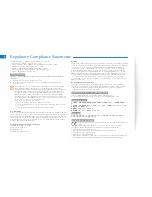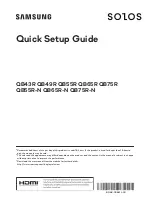
Figure 3-2 Typical collimation conditions
Figure 3-3 Location of new collimator target
a. Collimation of the Split Image Viewing
System.
NOTE : If the collimator is not available, set the
focus wheel to infinity and look at a scene at least
200 feet away. Observe that the focus is sharp
within a tolerance of -1 tooth to +2 teeth beyond
the infinity setting of the focus wheel.
NOTE : If an early vintage collimator is being
used, a new adhesive backed label must be
added to the target in the position show in Figure
3-3.
(1) Remove the camera front cover and load
the camera onto the horn of the collimator
#321564 (Figure 3-2). (The collimator uses
a rear illuminated target so no additional
equipment is needed).
(2) Turn on the collimator light
(3) View the added target with the focu wheel
set to infinity.
(4) Compare the observed conditions with the
examples shown in Figure 3-4. As indicated
(best case), the upper part of the vertical line
should be aligned with the bottom part of the
line or it may be displaced to the right. (If
displaced to the right - acceptable -, it should
still be touching the lower part of the line.
(5) If the upper part of the line is displaced to
the right so far that it does not touch the lower
part of the line or if it is displaced to the left (out
of tolerance), the tolerance levels are exceeded
and the camera must be rejected. Corrective
procedures are outlined in Section IV.
b. Collimation of Non-Split Image Viewing
System
(1) Turn on the collimator light source.
d. Set the power supply to the AMPS position.
b. Remove front cover from camera.
c. Insert the pack simulator into the camera
as you would a film pack (with the contact
down). Close the camera S7 switch using the
actuator.
2. Collimator (Figure 3-2)
When performing several of the Comprehensive
Tester checks, a requirement of the test is that
the camera lens be correctly collimated. For this
reason and because the lens can be checked
simply and rapidly, the collimation checks should
be done before Comprehensive Tester checks.
Collimation for the SX-70 camera is done on the
special collimator as indicated below.
















































